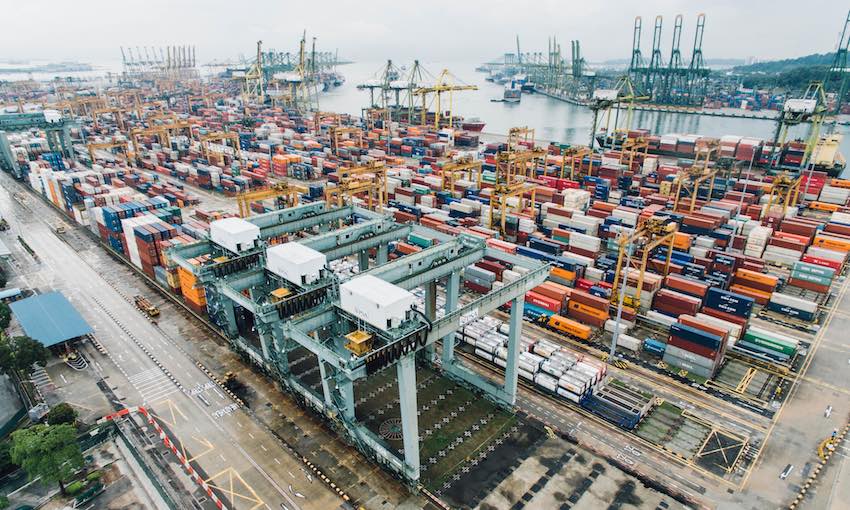ANNUAL vessel arrival tonnage at the Port of Singapore exceeded three billion gross tonnes in 2023, setting a record for the port.
Singapore’s acting minister for transport Chee Hong Tat announced the results during the Singapore Maritime Foundation’s New Year Conversations event on Friday.
Last year’s vessel arrival tonnage of 3.09 billion GT was a 9.4% increase on figures reported in 2022.
The port handled a total of 591.7 million tonnes of cargo in 2023, up from 578.2 million tonnes in 2022.
Singapore’s container throughput in 2023 grew by 4.6% to a new high of 39 million TEU, compared with the previous record of 37.6 million TEU in 2021.
The Maritime and Port Authority of Singapore attributed the result to growth in the port ecosystem amid a global trade slowdown.
Eight berths from the new Tuas Port Phase 1 are operational and 70% of reclamation works in Phase 2 have been completed.
MPA believes Singapore has made “good progress” in the supply of alternative fuels and the electrification of harbour craft to support maritime decarbonisation and transformation.
Bunker sales of biofuel blends increased to 520,000 tonnes, which more than tripled from 140,000 tonnes in 2022.
And liquefied natural gas bunker sales amounted to 110,000 tonnes in 2023, up from 16,000 tonnes in 2022.
MPA said the strong 2023 performance was largely attributed to recovery in regional trade and “robust” co-operation among the unions, industry and government to enhance the efficiency, reliability and safety in the port.
MPA is looking ahead to 2024 with “cautious optimism” as it monitors the current geopolitical situation around the world and its impact on key shipping routes and global supply chains.
“Should the supply chain disruptions be protracted, and ships’ schedules increasingly impacted, the Port of Singapore stands ready to assist ships to catch up on their schedules and to support shippers in their cargo connections,” MPA said.
“MPA has also issued advisories to shipowners, managers, operators and masters of Singapore-flagged ships to review their ships’ security plans and implement necessary risk mitigating measures when trading in high-risk areas.”

